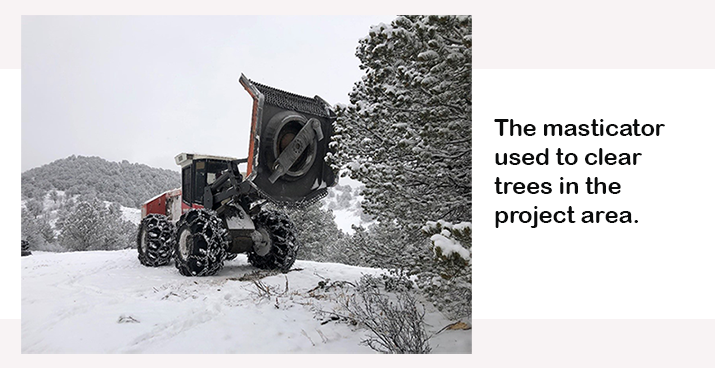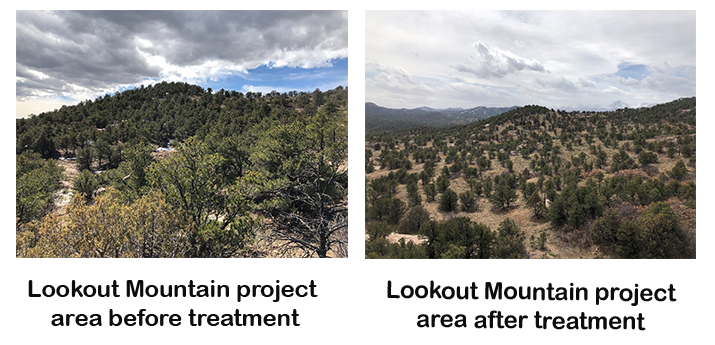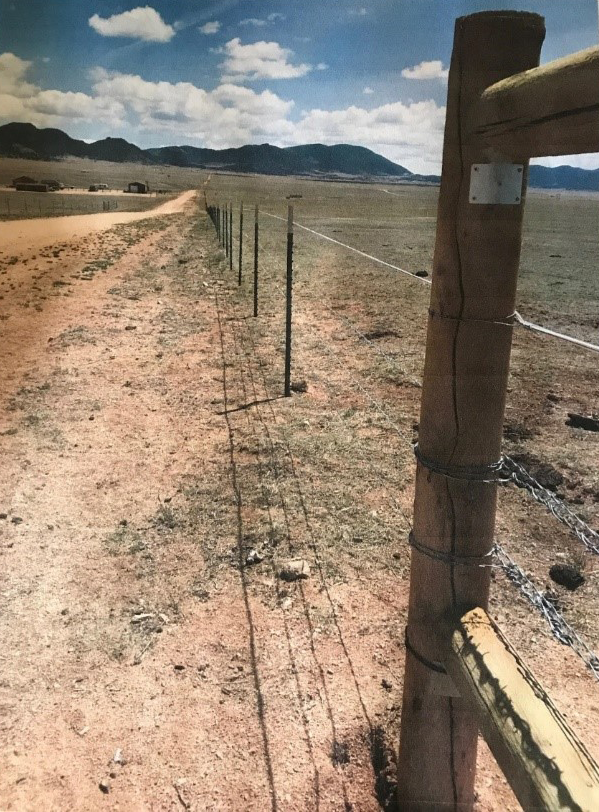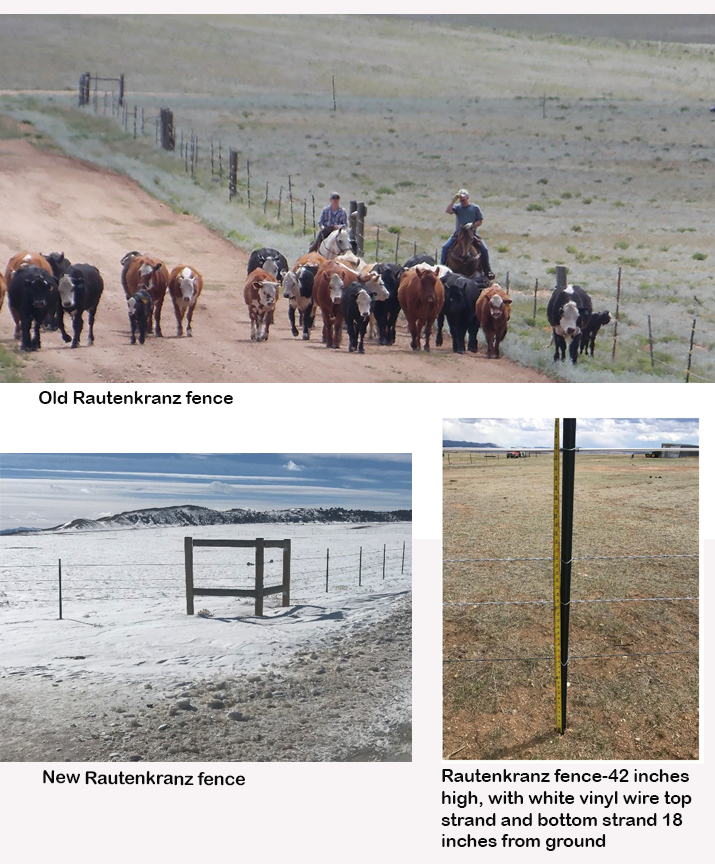
Managing HPP Committee
Sangre de Cristo
Location
BLM property in Fremont County. The map shows the past treatments in blue, and Lookout Mountain in red. Click image to enlarge.
Project Background
The Lookout Mountain project is part of an ongoing effort by the BLM to improve habitat conditions for wildlife and livestock, and reduce the risk of wildfires and forest disease on a landscape scale. Several phases have been implemented since 2005 in collaboration with several partners, including several BLM programs (including fuels, fire, range, forestry, and wildlife), Colorado Parks and Wildlife, Colorado State Land Board, Habitat Partnership Program (HPP), Rocky Mountain Elk Foundation, and the National Wild Turkey Federation. More than 1,000 acres have been treated with mastication or other mechanical equipment, 620 acres have been hand thinned and piled, and approximately 450 acres have been treated by prescribed fire (pile burning). There is a lot of private property near the treatment area, and the local DWM was receiving complaints about big game damage to irrigated hay meadows.
Project Description
This project was completed in March of 2020. Mechanical mastication of trees was completed on a total of 140 acres in order to create openings in dense pinion/juniper forest. The BLM also provided a guzzler to provide additional water to wildlife and make the habitat even more attractive for big game.

Project Objectives
The goal was to thin the overgrown forest and create openings that will allow forbs and grasses to regenerate. Creating openings will improve the quality and quantity of forage, and help to improve cattle and wildlife distribution on lands that were previously inaccessible and underutilized because of high tree densities. The improved habitat encourages deer and elk to stay on public lands, which should decrease the amount of game damage on neighboring private lands, and increase public hunting opportunities. This will also help prevent wildfire and make the forest less susceptible to insect and disease outbreaks.
Project Status
The habitat has improved greatly and there has been a large increase in deer and turkey using the treatment area. The improved wildlife distribution has increased hunting opportunities on public lands, and the local DWM has not received any game damage complaints from neighboring agricultural fields. Grazing permittees on the BLM property have also seen the benefits of better forage quality and quantity, and their livestock are now able to graze in areas that they previously couldn’t access.


Rautenkranz Fencing Project

Managing HPP Committee
South Park
Location
Private land in Park County. The map shows the general project location. Click image to enlarge.
Project Background
The landowners were having problems with this two mile section of fence. It was old and worn down and wildlife were damaging it when they tried to cross. Parts of the fence were electrified, which made it very difficult for pronghorn to cross and animals were getting injured and tangled in old wires. Trespass cattle would move onto the property when the fence was down, and grazing management suffered. The landowners wanted a fence that was safer for wildlife, lower maintenance, and would help to improve pasture management and improve the available forage.
Project Description
The goal was to replace the old fence with new, wildlife friendly fence. Replacing it with wildlife friendly fence as described in the Fencing with Wildlife in Mind brochure (including high visibility white vinyl wire on the top strand) allows big game to cross the fence without causing damage to the fence or injury to the animal. This allows wildlife to access water and forage without getting injured or damaging the fence, improves grazing management, and reduces time spent repairing fences.
Project Objectives
Two miles of old fence surrounding a 160 acre pasture were removed and replaced with wildlife friendly fence. The new four stand fence is 42 inches high with the bottom strand 18 inches from the ground. The top strand is high visibility white vinyl wire. None of the new fence is electrified.
Project Status
The landowner has had far less damage to the fence and antelope are able to cross it more easily. Grazing management has improved.


